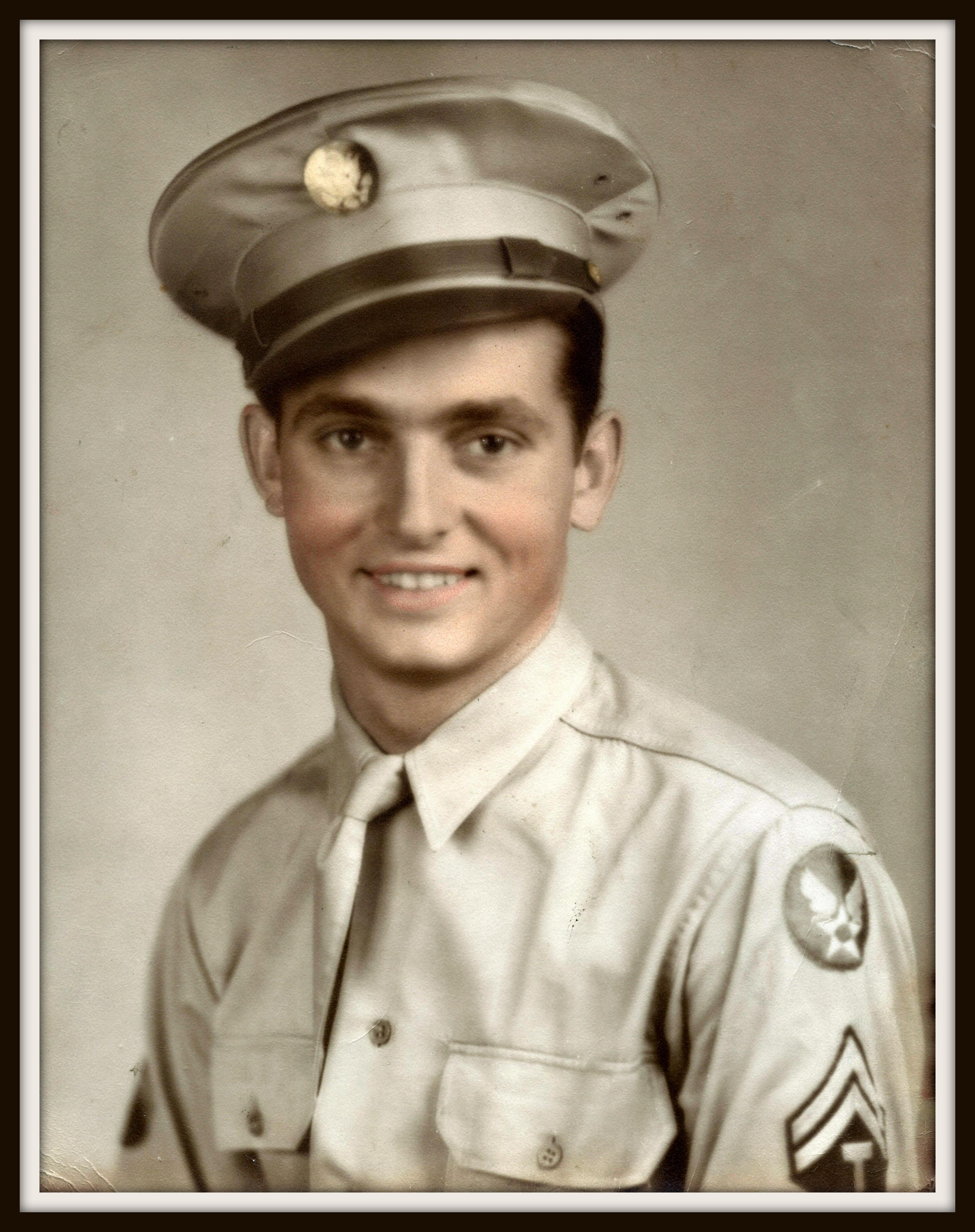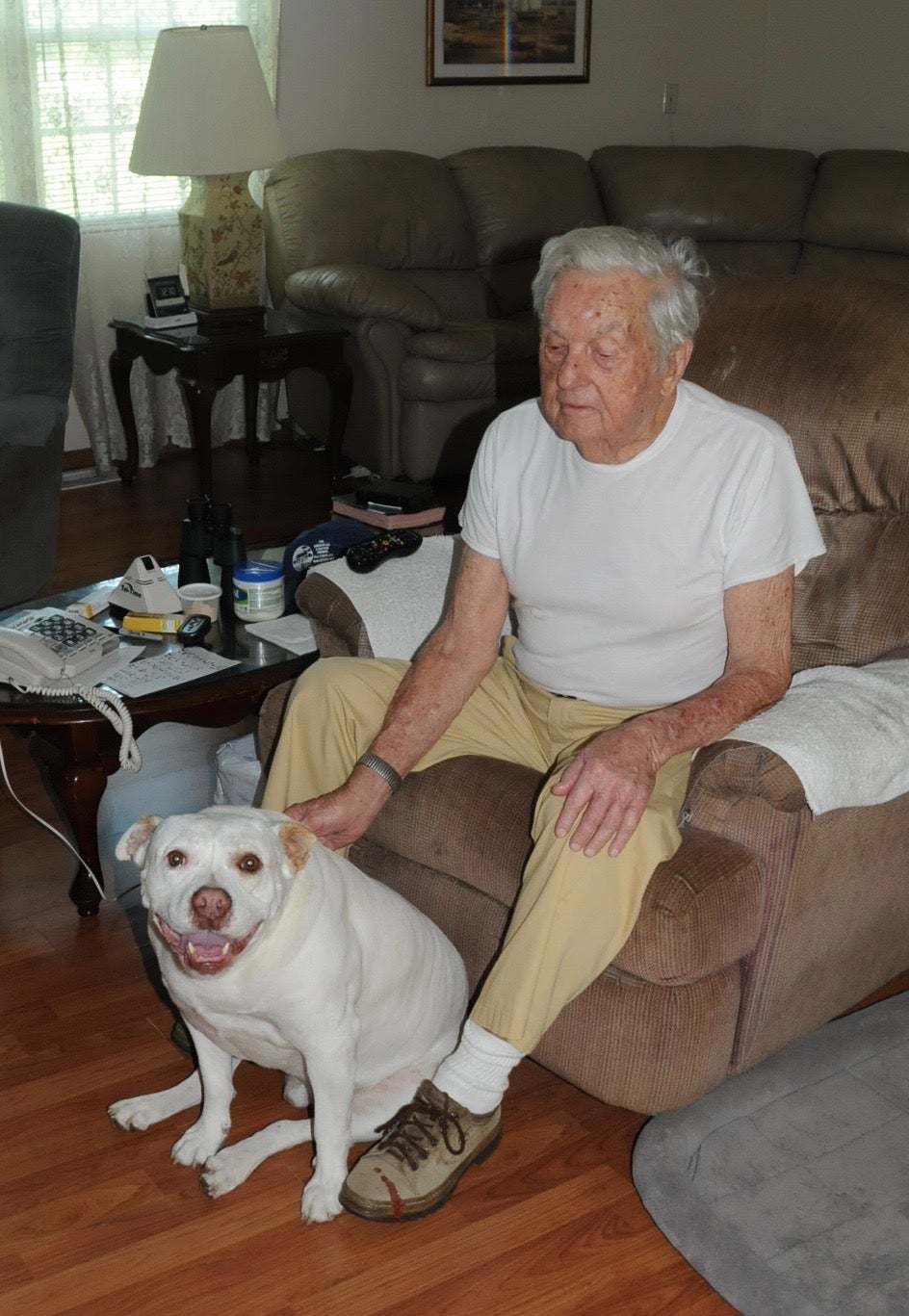Excerpt from “Sharecropper to Soldier – W.C. Echols in WWII”
Published 12:00 am Friday, September 20, 2019
|
Getting your Trinity Audio player ready...
|
The 841st Combat Engineers were tasked with helping solidify the gains made during the Battle of Cape Gloucester located on the island of New Britain. W C Echols worked with the 841st , handling heavy equipment used in repairing runway damage
They were working on repairing the large runway [which was the reason for the invasion – the elimination of the Japanese and capture of their airfield]. Echols and others set about pushing wrecked planes off the runway and repairing bomb craters. One memory stands out, as they completed the runway repair:
An Army Air Corps fighter, a P-38, made the first landing. Almost without stopping, the plane turned around and the Co-pilot raised the canopy, pulled the dead pilot from the front seat, handed him to Echols’ and his group. Even though his plane was badly damaged, the Co-pilot said he that he needed to start the 6-hour flight back to his base. The repair crew was amazed that the P-38 could land [with a dead pilot], and despite being heavily damaged, take off again. Echols and his repair crew helped construct roads to allow the movement of the Marines’ equipment. As they were working near an extinct volcano, they noticed a Japanese Zero fighter circling overhead. The plane dove on them, in an attempt to destroy their equipment, and dropped his bombs. The bombs were the notorious “daisy cutter” bombs. They were filled with all sorts of shrapnel and would detonate above ground in order to kill anyone in the area. Echols dove for the ground but was severely wounded on the right side, leg, hip and ankle.
The next morning, he awoke on a stretcher on an island, without knowing how he got there or the name of the island. There was a line of stretchers ahead of him going into a tent for treatment. He waited all day before he was taken in and told there was no more morphine. After 12 hrs., a medic put his leg in a cast. His leg had swollen so much that his foot got turned during the time the cast set up and started healing improperly.
The next day, he was taken to a hospital ship. As he was boarding, he noticed medical supplies being offloaded by a black Quartermaster Corps [the services were still segregated].
The hospital ship took them to Brisbane for further treatment and recuperation. During the several months in Brisbane, Echols’ leg did not get a lot better. Besides the improper setting of his foot, his leg was still infected with what they called “jungle rot”. One Doctor suggested that they might have to amputate his leg. Echols says that he will forever be thankful for a young nurse in his ward, who was from Birmingham, Al. She told him to ask to see the Chief Surgeon, a Colonel. When the Colonel came to see him, he was surprised that the Chief Surgeon was Japanese but an Australian citizen. The Colonel told Echols that they would continue to try and save his leg. Not long after the Colonel’s visit, Echols found himself on a small transport ship bound for San Francisco. Not only was the ship really small [compared with his original transport ship leaving San Francisco] but it took 23 days to get to California, 10 days longer than the voyage in 1943.
Echols spent several months in Kingman, Az and then El Paso, Tx in an attempt to let his leg heal in a dry climate. From Texas, he was sent to Rome, Ga. For further recuperation. He spent a brief time in Miami and eventually ended up in Biloxi, Ms. He was he was separated from the service there and returned to Birmingham where he resumed working for TCI as a welder before retiring in 1966. He and Agnes were divorced around 1955.
In addition to Jean who is married to Bill Jackson of Troy, they had two sons, Donald and Billy, both of whom served in the US Navy and are deceased. WC met and married Virginia Gail Turner in 1960. They were married for 21 years until her death in 1981. They had a son, Danny, who lives in New York and is a Captain on a large seagoing tug. During his marriage to Gail, they helped raise many foster children.
After retiring in 1966, WC moved to Inlet Beach, FL. and helped form the first EMS squad as well as the first volunteer fire department. He lived there for 31 years before living briefly in Paxton, Fl for 2 years. He moved back to Andalusia in 2000, where he currently lives. At 98, WC is blind, but his mind is sharp as ever. He lives with a housekeeper and his rescue dog, Sparky. He is a delight to know and talk to.







